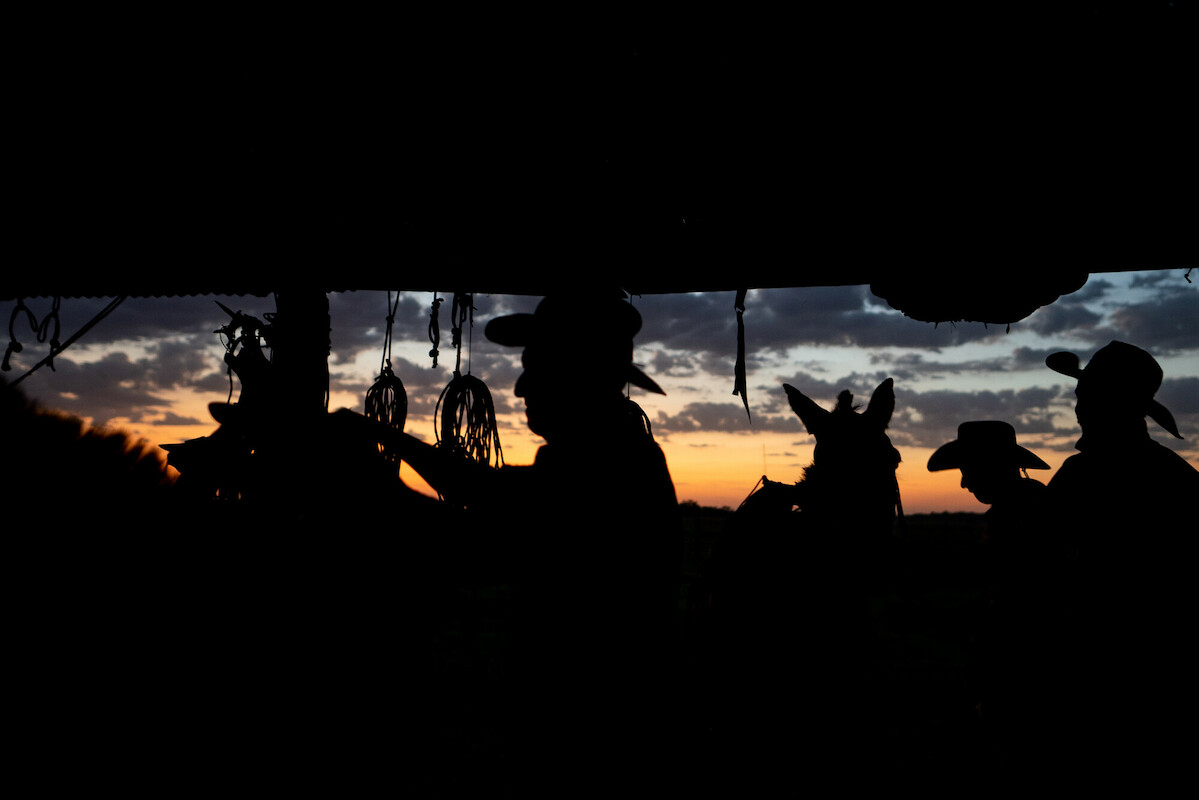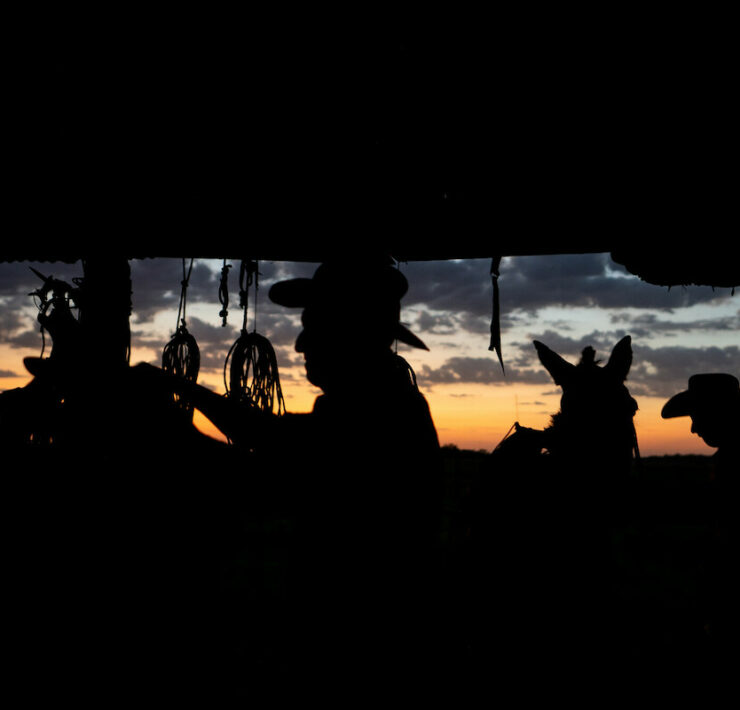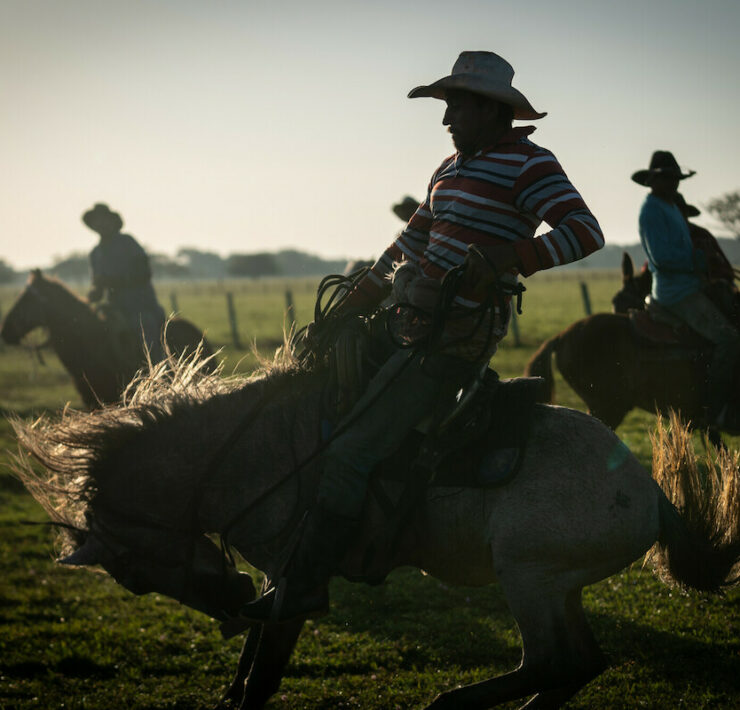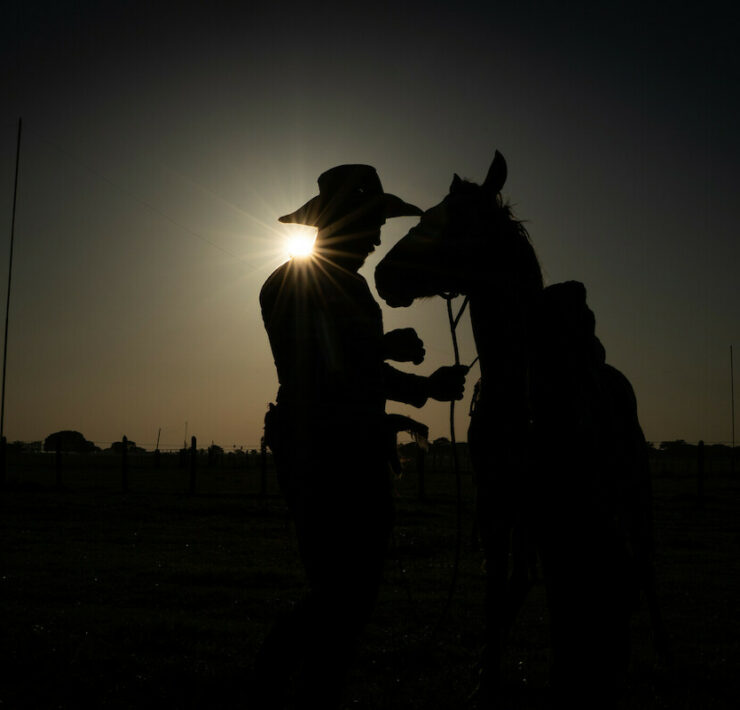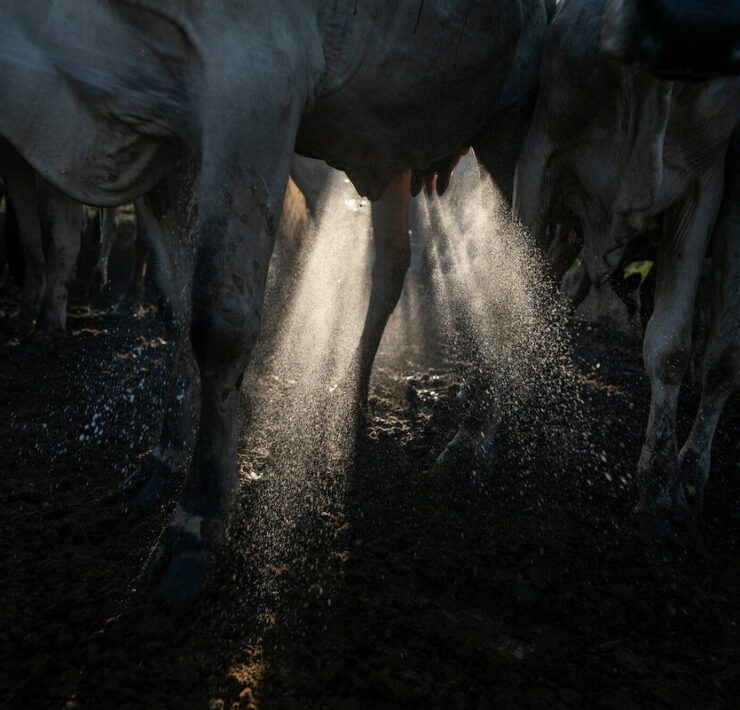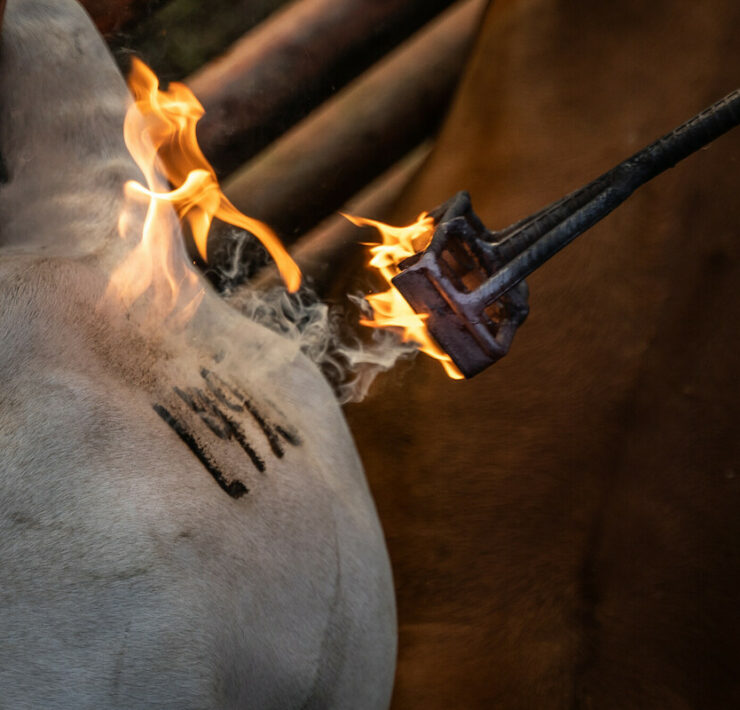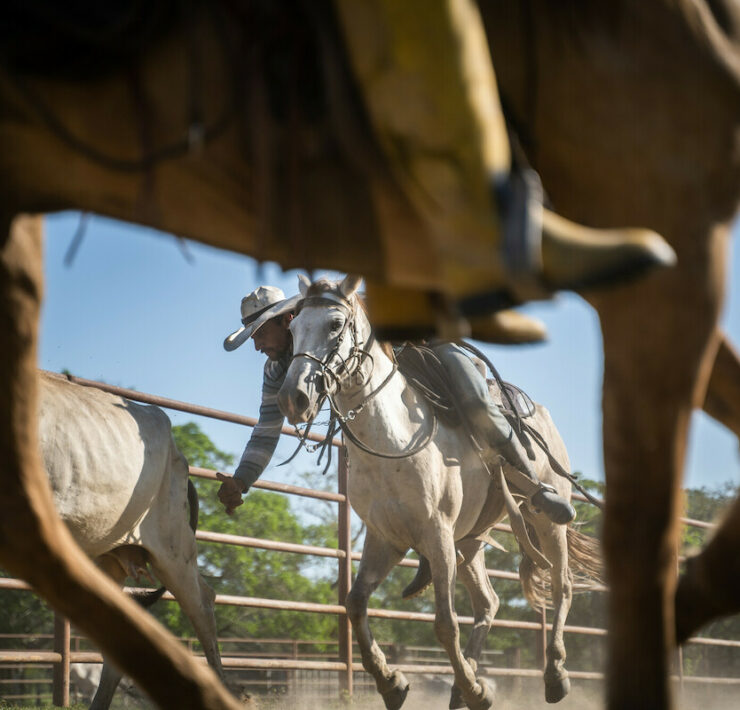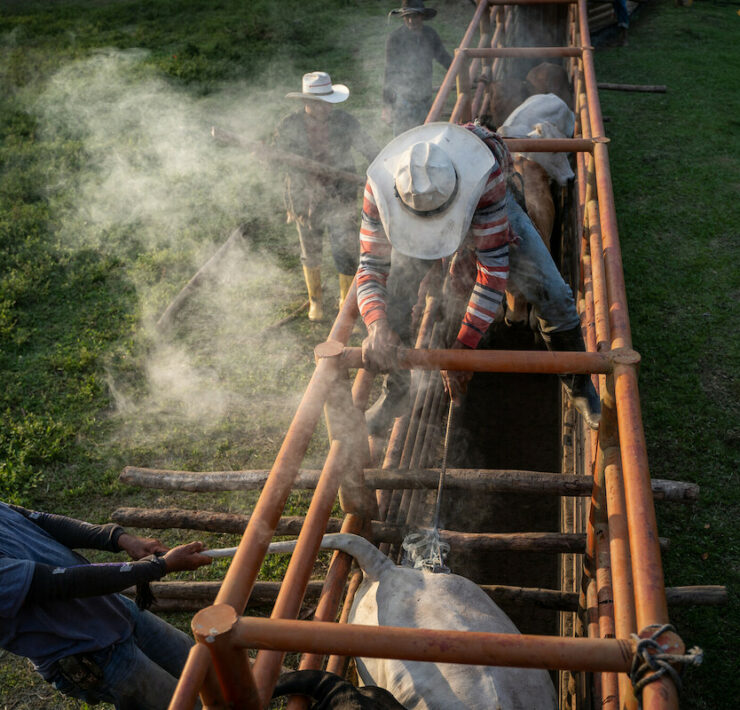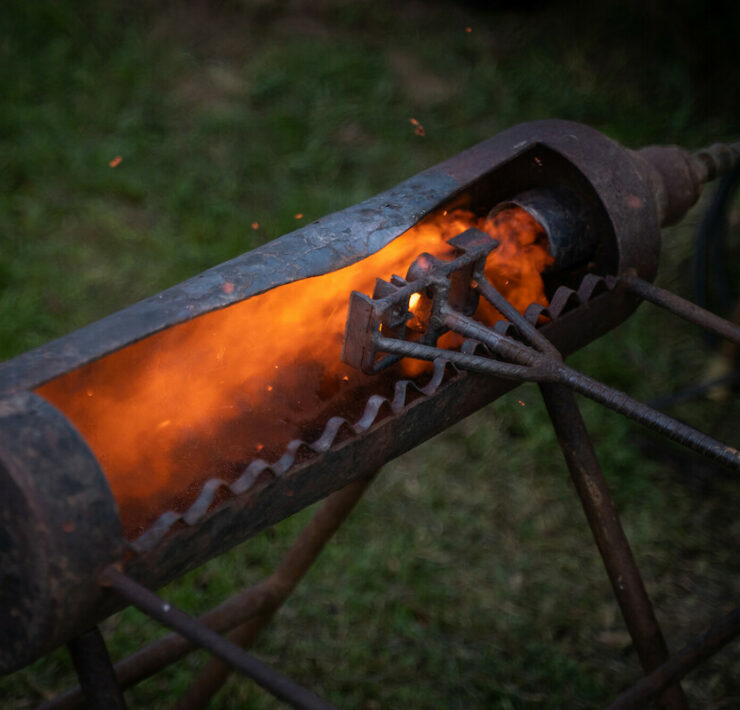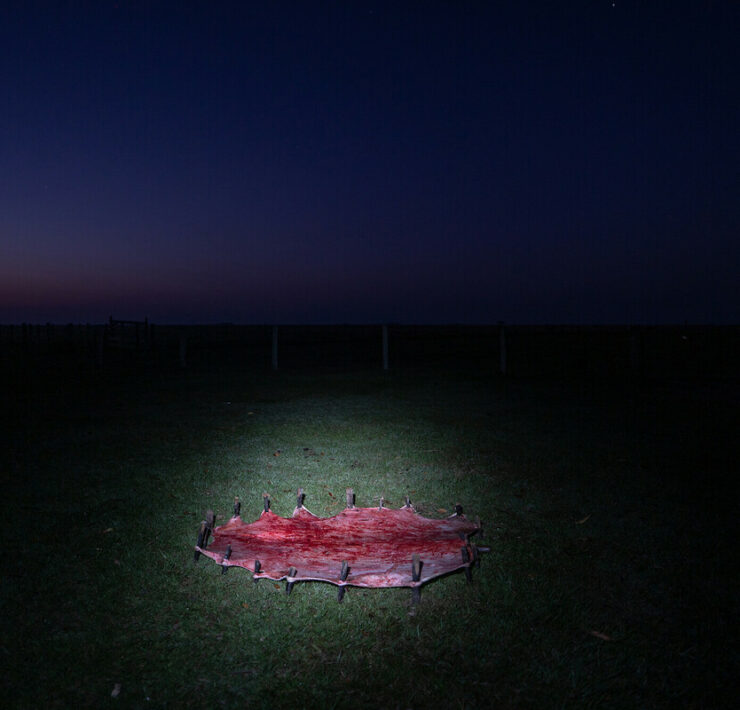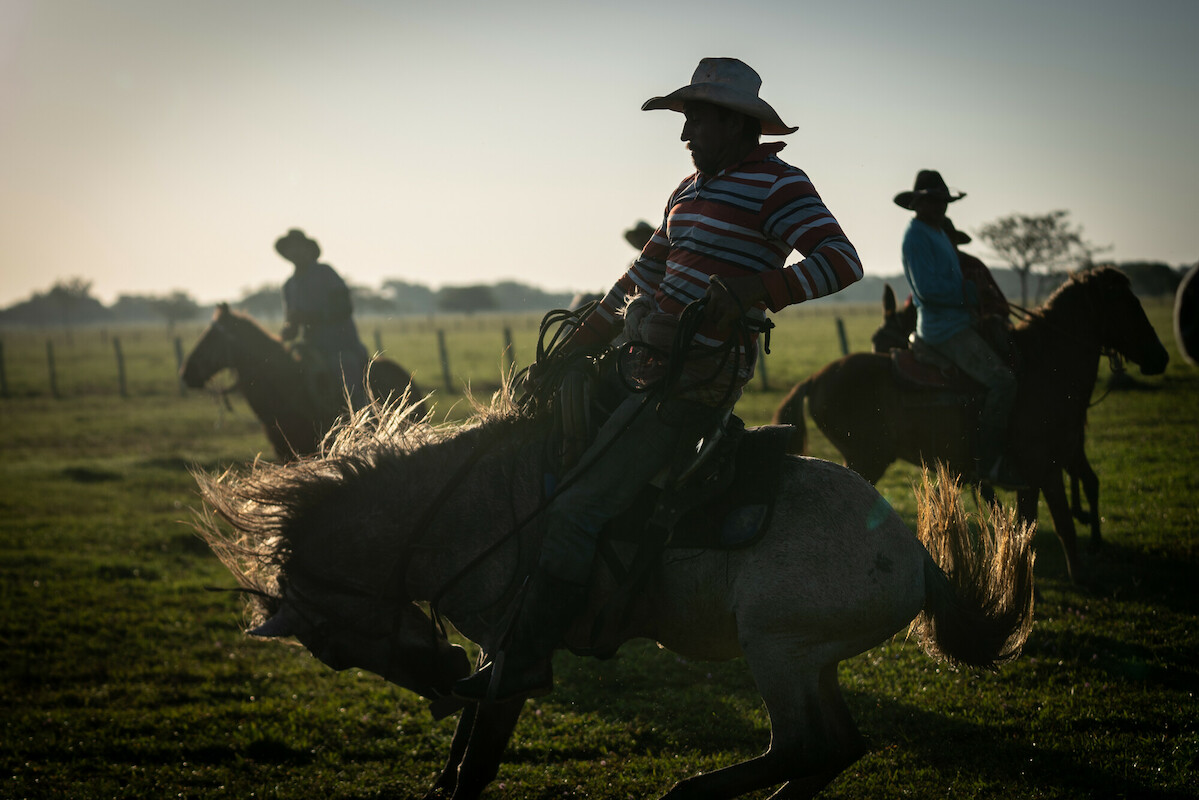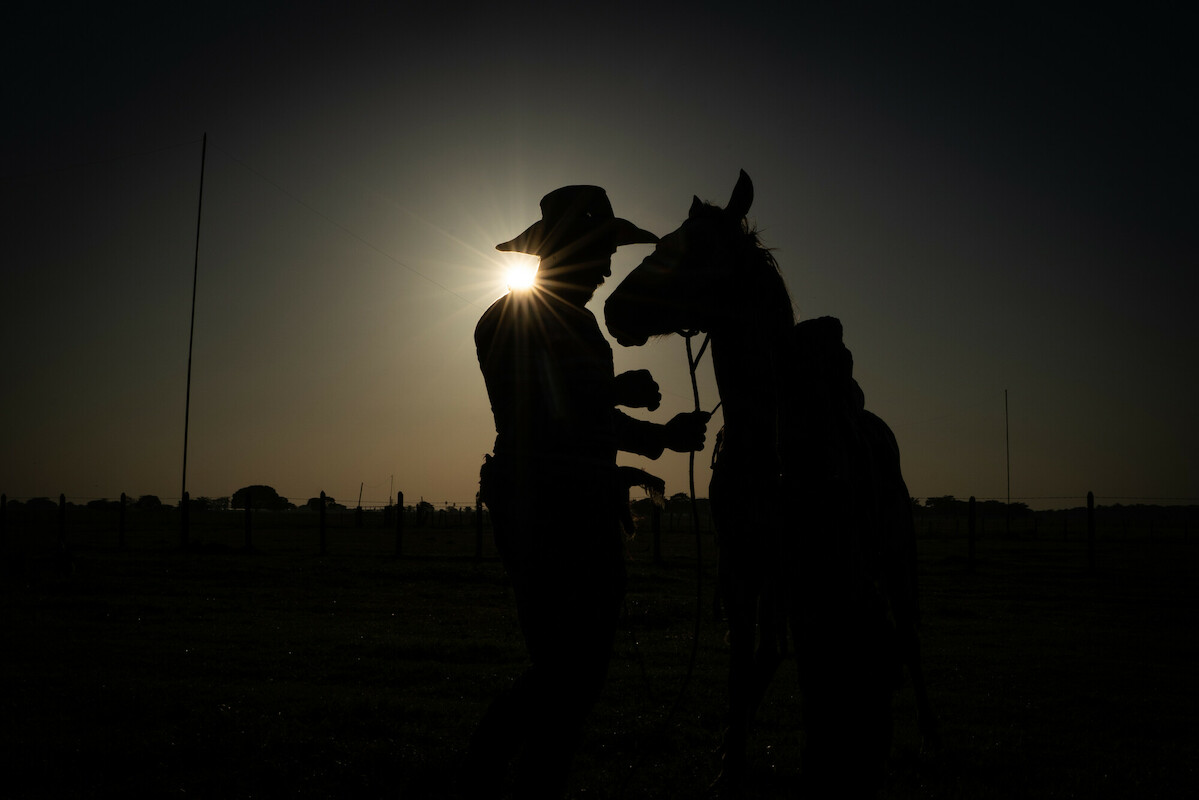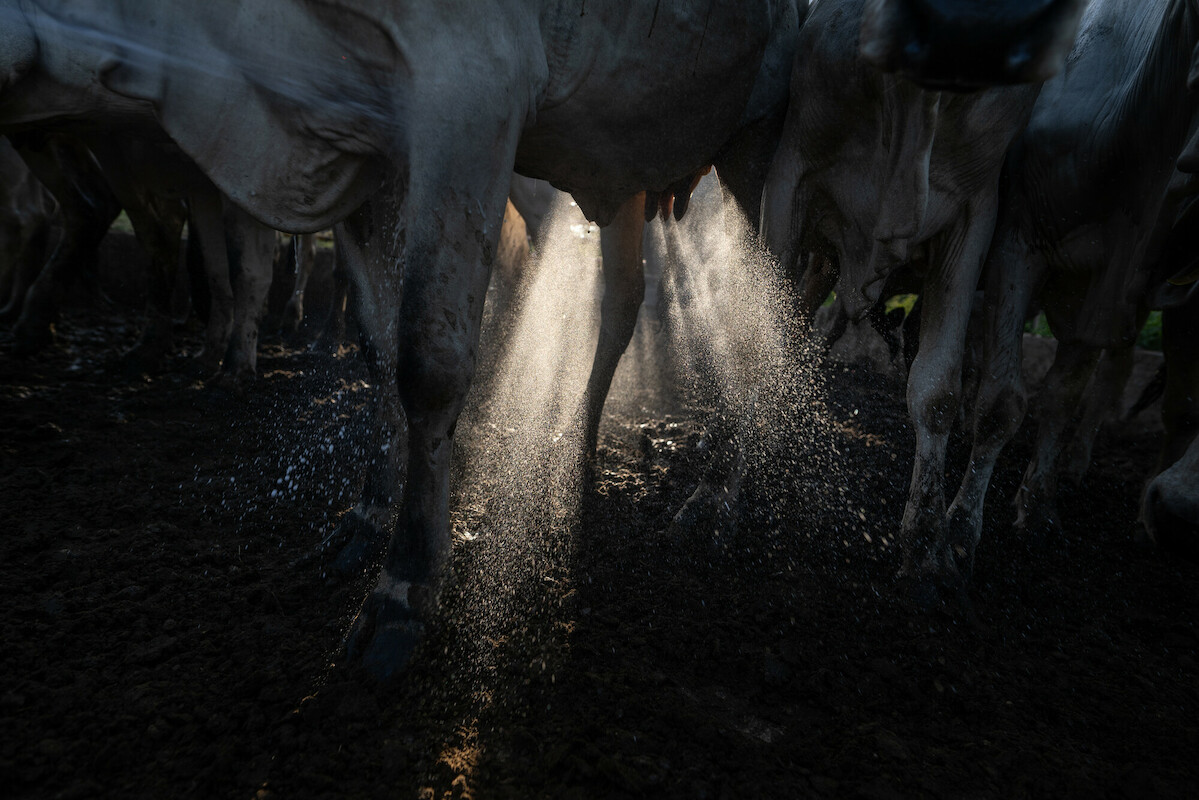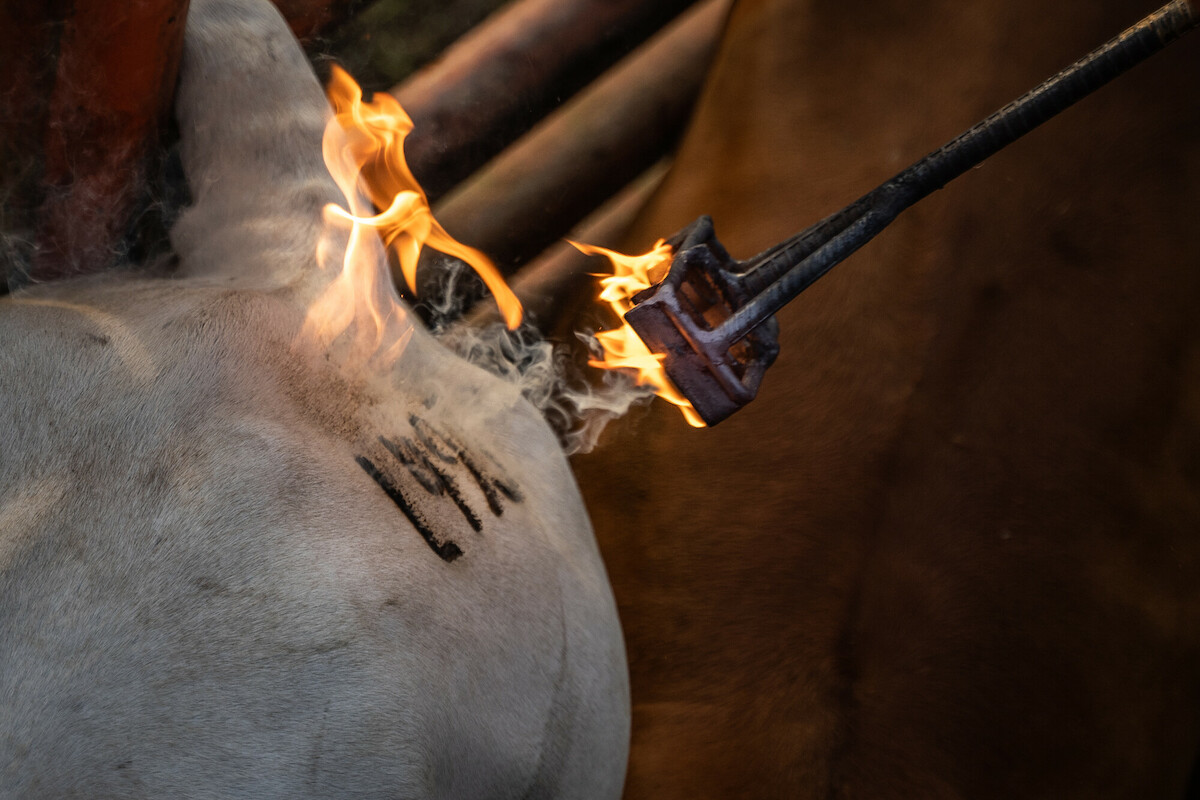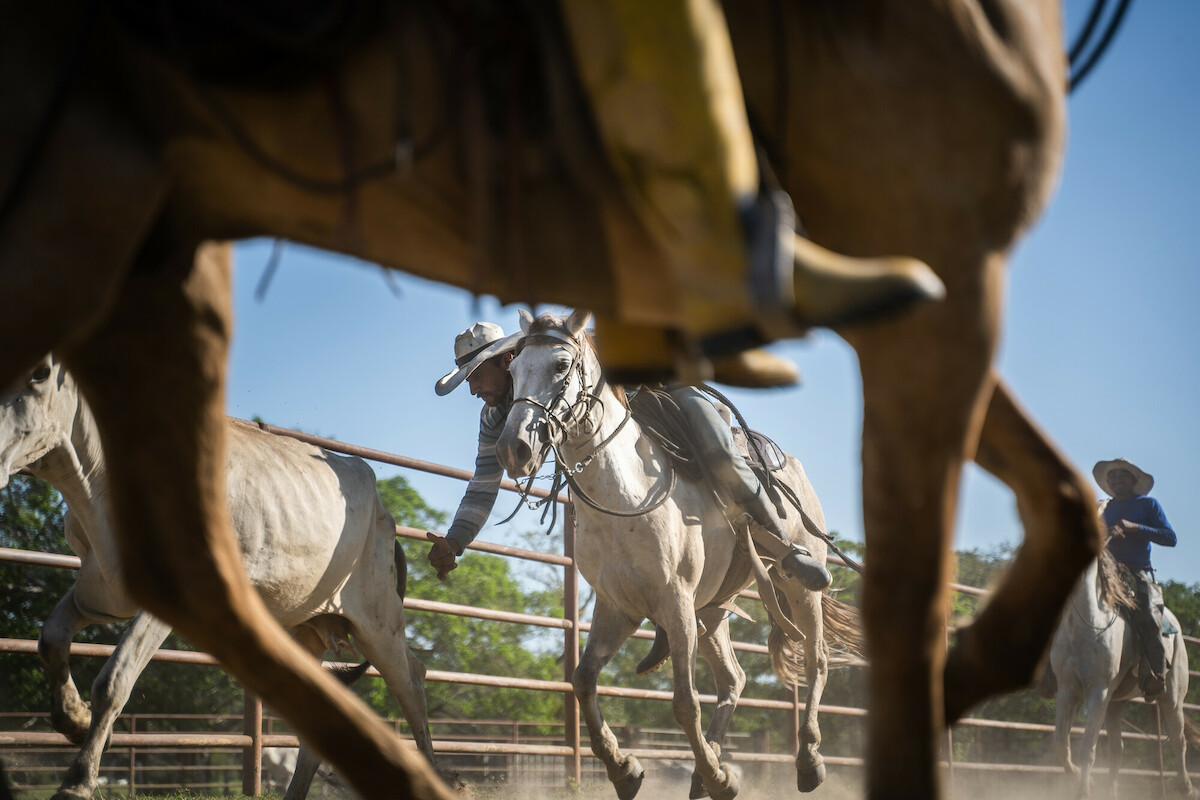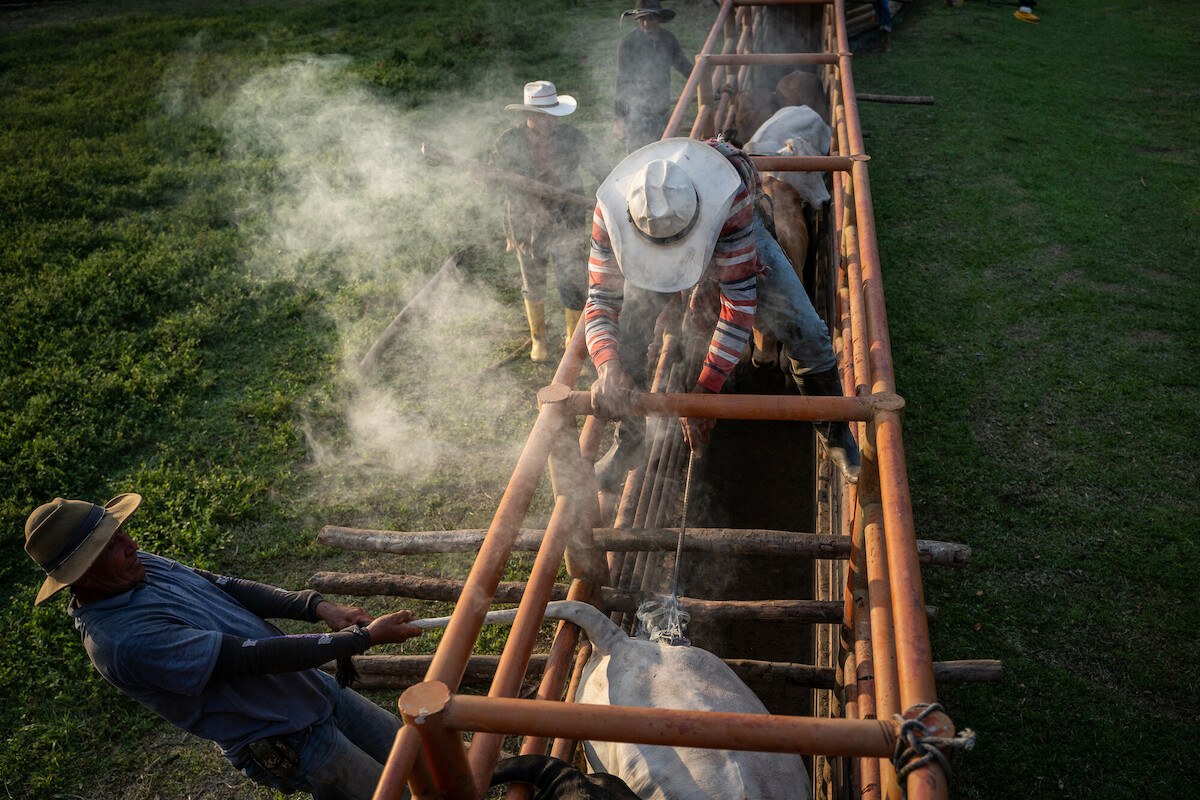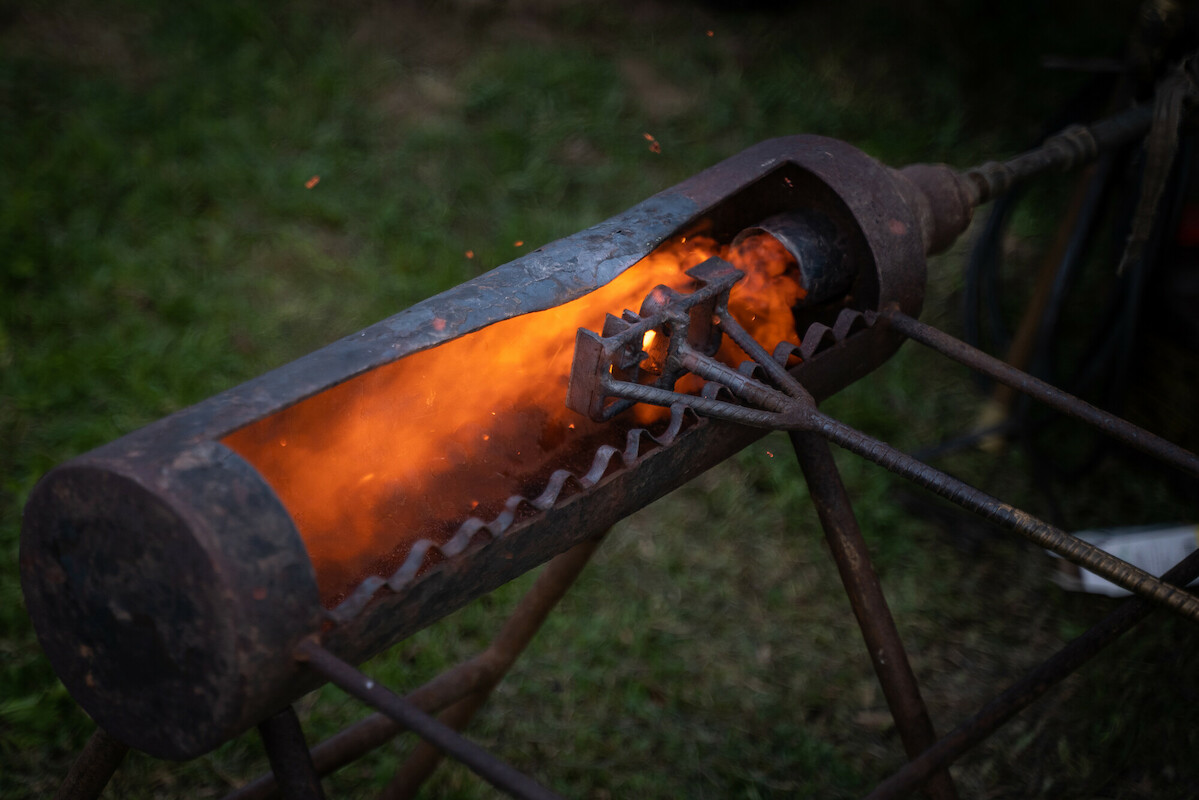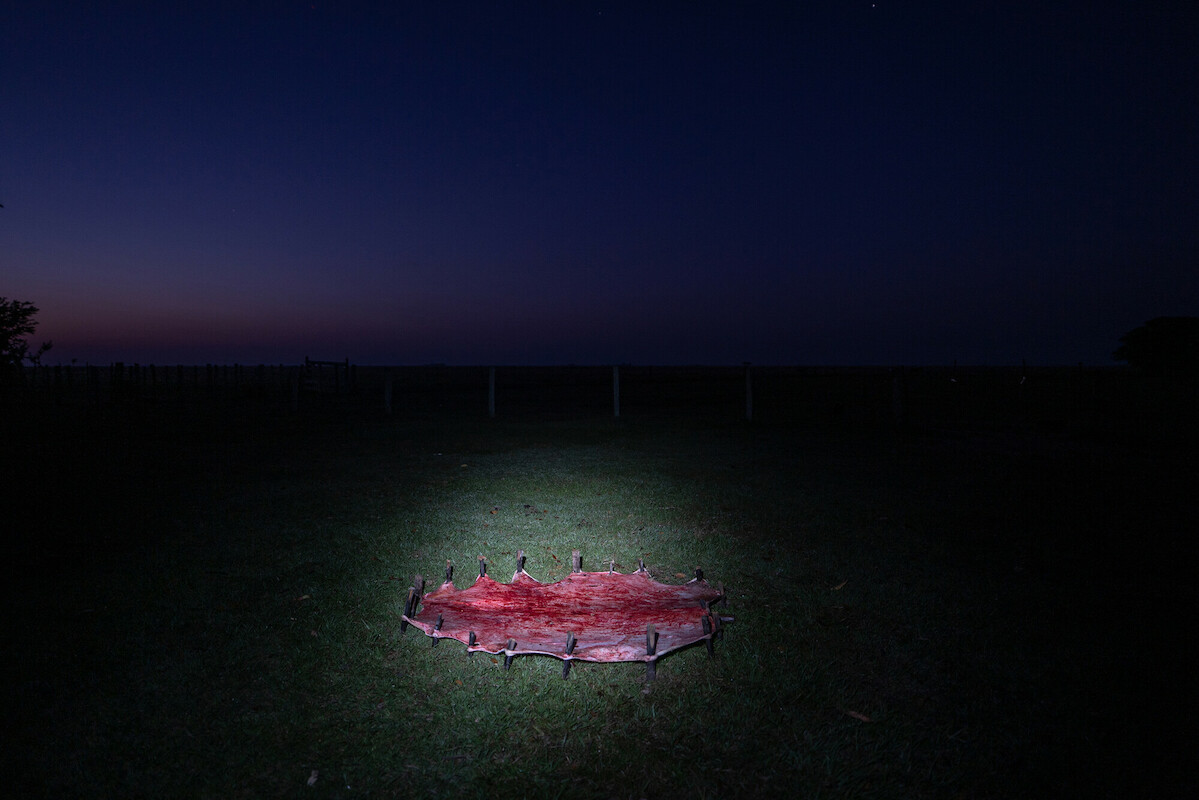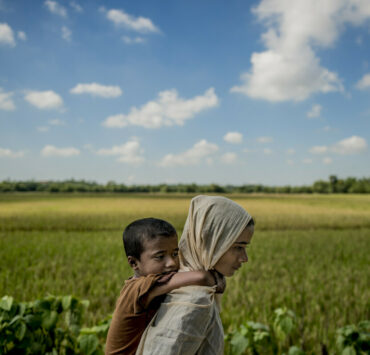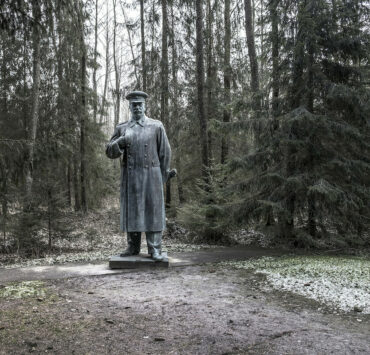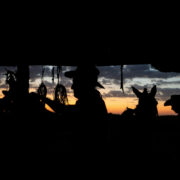
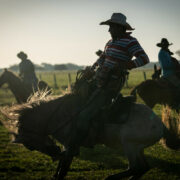
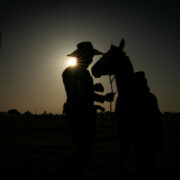
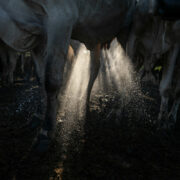 +5
+5 Nathalia Angarita
My grandfather was a traditional plainsman, rancher and horse tamer; with him I learned to ride a horse at the same time that I learned to walk. I remember the meeting of the cowboys from 3 AM drinking black coffee, preparing to start the grueling work in the field.
I grew up in a region where Llano Work has been carried out for centuries, a practice that brings together economic and productive activities derived from livestock, where authentic plainsmen, knowledgeable about the territory and ancestral practices that are still preserved in a few herds, They skilfully practice various dairy tasks, traveling long distances on their horses in the extensive savannah in search of wild cattle to mobilize them through cultural songs and the formation of a rodeo, and thus take them to the large herds to brand, shoe, vaccinate, deworming, among other tasks that require great resistance and physical strength. This happens only twice a year, in May-June, and in November-December.
Livestock has been the main economic activity in this region, in Casanare, in eastern Colombia. However, large industries such as oil, rice and palm oil dipping have displaced this activity and affected the heritage of local cowboys.
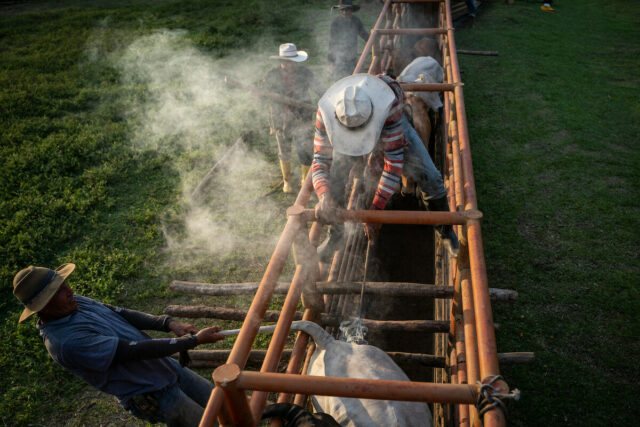
My grandfather was a traditional plainsman, rancher and horse tamer; With him I learned to ride a horse at the same time that I learned to walk. I remember the meeting of the cowboys from 3 AM drinking black coffee, preparing to start the grueling work in the field.
With the stars illuminating the sky, they began the tradition of Llano Work, sacrificing a cow to feed twice a day for approximately 15-hour shifts, for 4 to 45 consecutive days of work under the sun, depending on the number of cattle.
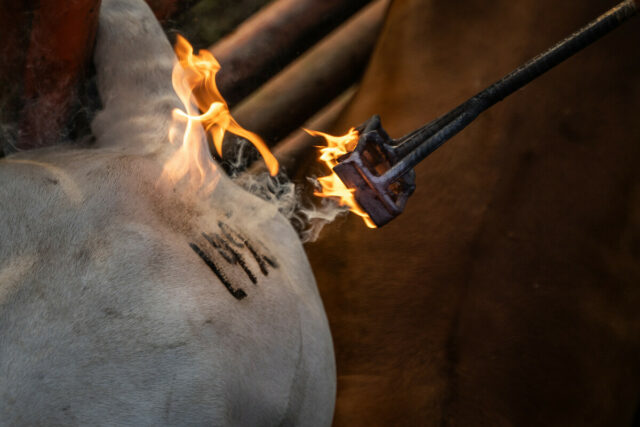
The women are in charge of the housework and the preparation of the food in general. The traditional plainsmen, who are from the countryside and know how to work on the plains, are dying out due to the accelerated processes of modernization, those that remain are aging and the descendants no longer preserve the traditions of their parents.
Generally those who practice this activity learn it since they are children, Oscar Acosta is one of them. “I am proud to be a llanero, I participated in the Llano Work since I was 8 years old, now I am 42. For me it is the best job of all, what I enjoy most is linking the cattle” says Oscar, one of the few llaneros authentic that participates in the work in the field. He nostalgically remembers the ancient traditions that are disappearing before his eyes, and that for him are part of his identity and his cultural roots in this territory.
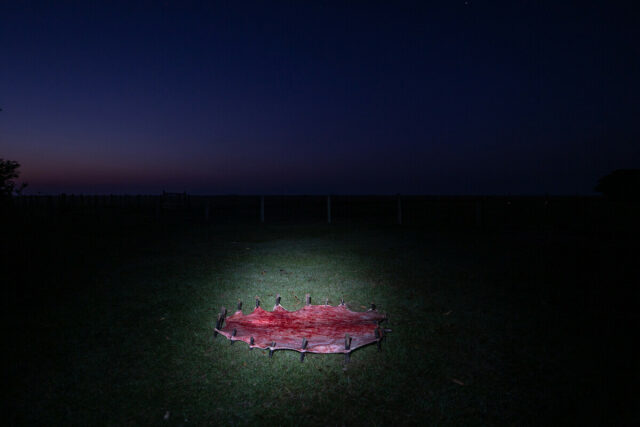
About the Author:
I am a Photographer and Publicist, I am 25 years old, I am from Yopal, Casanare, and I am currently based in Bogotá, Colombia. I work as a freelance photojournalist for different media, especially for the Reuters International Agency, the Bloomberg News Agency and I have recently started doing coverage for The New York Times.
My work has been published in national and international media such as OjoPúblico, El País Semanal, El Espectador, Regionales magazine, among others. I am interested in telling stories of human realities in a sensitive and empathetic way with a journalistic and documentary approach.
Web Sites:

